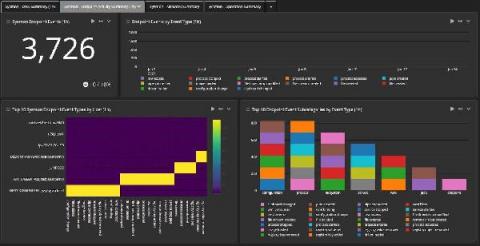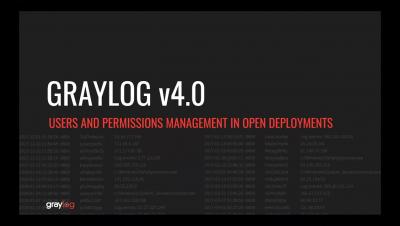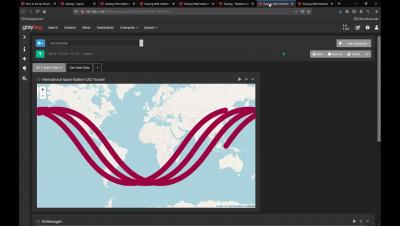Graylog Illuminate: Getting Started with Sysmon
The Windows System Monitor (Sysmon) is one of the chattiest tools. With all the information coming in, it can be difficult and expensive to use it efficiently. However, the Graylog Illuminate package gives you a way to fine-tune it so that you can get better data and manage your ingestion rate better. Sysmon gives you awareness of what’s going on in your endpoints.











